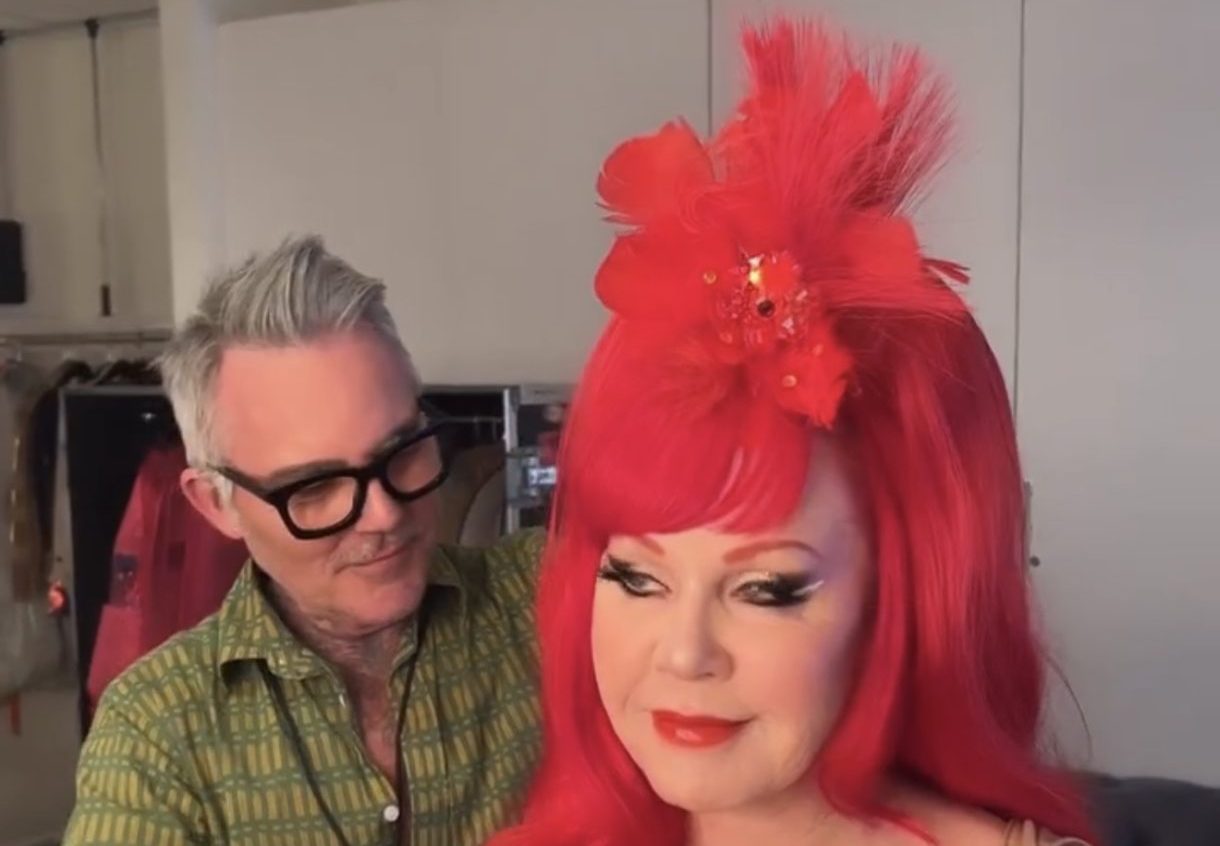Paul Samson, a 10-year-old barber entrepreneur, ushers a friend outside to a chair in his backyard next to a pair of scissors and a spray bottle. He wets his friend’s hair and begins gently combing it before delicately snipping the edges. Then, he picks up his razor, tapering the back of his friend’s hair with quick, upward flicks along the neckline. At last, the highly coveted taper fade is finished.
While the fade may be the most recent trend for men’s haircuts, the look has gone back decades, slightly evolving based on the latest fad. Similarly, for women, hairstyles have seen notable evolution since the 1920s from short to long and from natural to dyed.
According to Brendan Liberati, a celebrity hairstylist, hairstyles often become popular for various reasons including technological advances in styling tools and products, celebrities, and fashion trends. In addition, the evolution of hair also stems in part from social change and our nation’s political climate.
“When society feels more stable or conservative, there’s often less pressure for fashion and hairstyles to push boundaries or make bold statements,” Liberati told The Campanile. “We tend to see more experimental and rebellious styles during periods of upheaval or change, as people use their appearance to express individuality or dissent.”
Hair has even changed the way men and women are portrayed in society. During the Roaring Twenties, bob cuts were in, replacing the Gibson Girl look of upswept, voluminous hair. This time period defined this idea of “The New Woman,” symbolizing the liberation era for women by dispelling the notion that women need to always be in perfectly manicured attire.
Similar to the post-World War I era in the ‘20s, the ‘60s counterculture movement had women opting for shorter, more masculine cuts while men began growing their hair longs. Palo Alto resident Wilma Cardwell said compared to the ‘20s, women wore both more feminine updos and hats in the ‘60s.
“In the ‘20s they wore little hats close to their face and the hair was kind of short,” Cardwell said. “Then the ‘60s was the beehive. Their hair was teased, and it was plucked on top of the head and a little bit behind the top of the head.”
Then came the ‘80s and big-statement hairstyles: mullets, side ponytails, Jheri Curls, and punk looks.
Samson said to him, the ‘80s represented a interesting time of fun and self-discovery.
“I have watched many ‘80s-themed shows and have seen the wildly styled, gigantic and teased hair many women had and the crazy mullets and greasy hair men had,” Samson said. “These looks seem like they allow for each individual to find their own style regardless of what others might think, which I believe to be really freeing.”
In the after-effect of the 2000-2010s, pop artists like Britney Spears influenced sleek-flat ironed hairstyles, chunky highlights, and choppy cuts. Additionally, Samson said, balayage hair, which gives hair a sun-kissed look, became a trend in the 2010s and has carried through to 2024.
“Growing up in the 2010s, I remember the women talking about getting a balayage done and watching videos online with women who had ombre hair,” Samson said. “Even now, I see girls my age wanting it done, which I believe testifies to how much past hairstyles continue to influence us.”
Today, social media has blazed the way for influencers to create hairstyle trends. This, according to Samson, will define the future thanks to their inclusivity of views increasing throughout the internet.
“Social media has (the) hairstyling tutorials and product reviews needed to encourage people to explore various styles and find what’s best for them,” Samson said. “Through hair and what it represents, we have made so much progress and growth since the 1900s. I believe we will continue to grow thanks to our open-mindedness of haircuts and styles providing individuals the opportunity for self-discovery and understanding what role their hair plays in forming their identity.”


